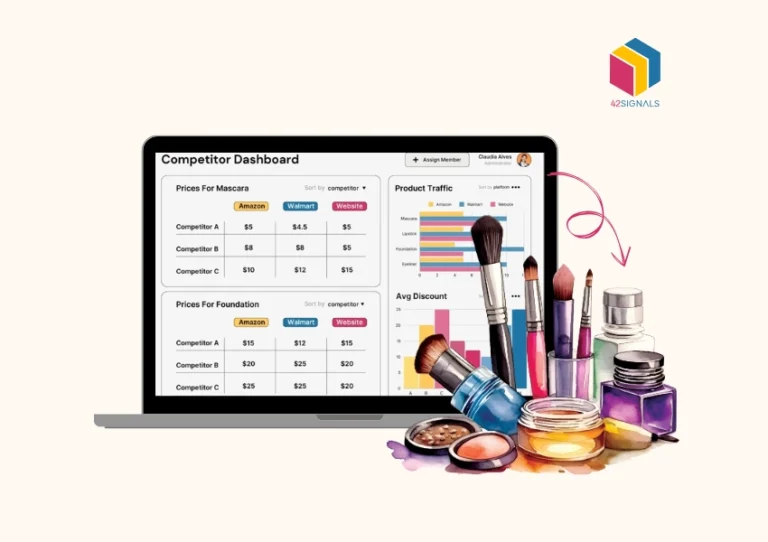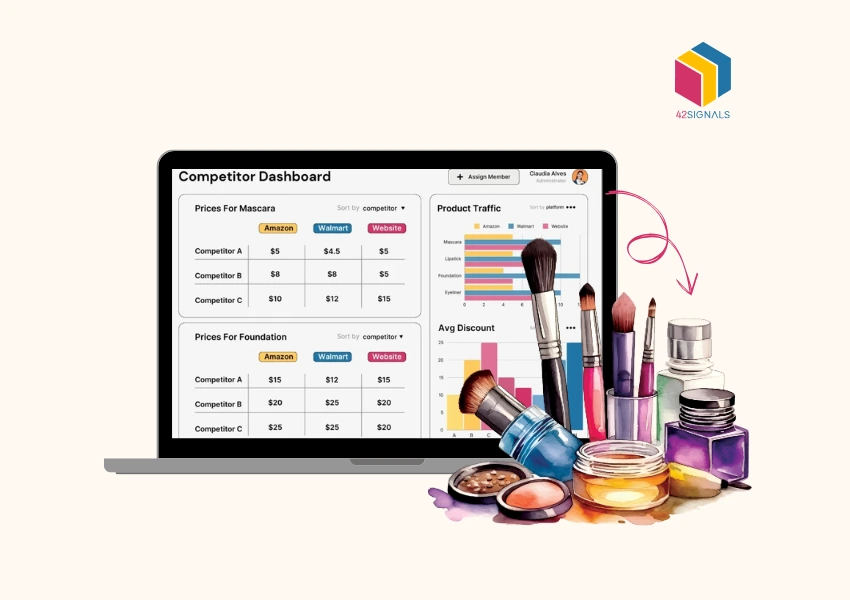Stock availability refers to the presence or absence of products for consumer purchase. Its level can significantly impact both the supply side and demand side of the market. When stock is abundant, customers have more options, leading to a competitive environment where businesses strive to attract buyers through appealing pricing. On the other hand, limited stock can create a sense of urgency among consumers, often leading to an increase in prices. That’s the dance between price and availability and why it’s so important.
In any marketplace, the availability of products is central to the shopping experience. Whether online or in physical stores, consumers expect to find what they need without undue hassle.
When items are readily available, buyers are more likely to shop at their preferred retailers, knowing they won’t leave empty-handed.
In contrast, if certain products are often out of stock, customers might turn to competitors or alternative goods, sometimes even abandoning their purchases altogether.
For businesses, this means that stock management isn’t just about meeting demand; it’s about maintaining a relationship of trust with consumers.
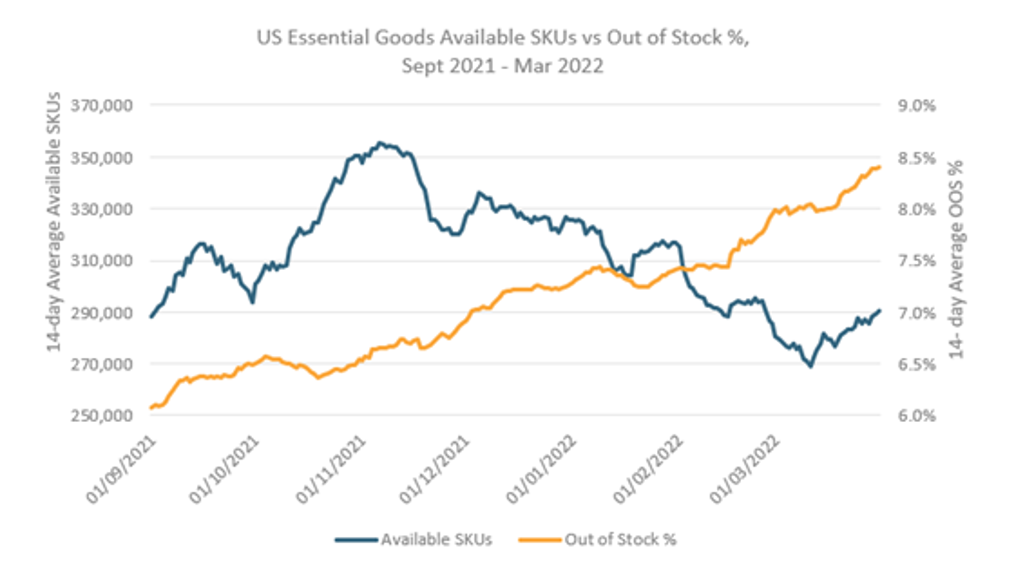
Image Source: Euromonitor
Price and Availability
The close relationship between price and availability is essential for understanding how markets work.
The more stock a company has, the more likely it is to lower prices to move products. This could be due to several factors, including the need to clear out older items to make space for new inventory, or simply because the cost of storing large quantities of products becomes too high.
For example, when a new version of a smartphone is released, retailers often reduce the prices of older models to clear stock and avoid potential losses from unsold goods.
Conversely, when stock is low, businesses might increase prices, capitalizing on the higher demand for hard-to-find items. In these situations, customers may be willing to pay more because they perceive the product as being scarce, which increases its perceived value.
The phenomenon of stock availability affecting pricing is not new. However, it has gained more visibility in recent years due to global supply chain issues and the rise of e-commerce, making price and availability a larger concern.
Online retailers often have dynamic pricing models that adjust in real time based on inventory levels. For example, popular products like gaming consoles, smartphones, or seasonal items can see significant price hikes when stock is limited, while they may be discounted heavily when supply is abundant.
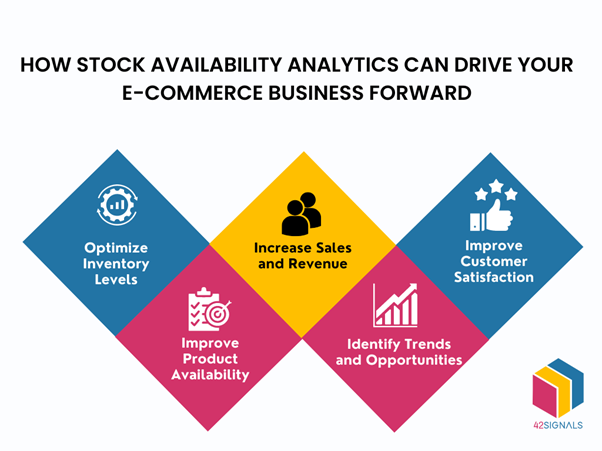
What is the Meaning of Price Parity?
Price parity refers to the practice of maintaining consistent pricing across different sales channels, whether it be a physical store, an online shop, or even third-party marketplaces.
The goal of price parity is to ensure that customers receive the same price for a product, regardless of where or how they choose to purchase it. For example, if a toy costs $20 in a physical store, it should cost $20 on the store’s website as well.
Price parity has become increasingly important in today’s globalized and digitalized market.

Image Source: First In Sight
With the expansion of e-commerce and online marketplaces, consumers now have more shopping options than ever before. Gone are the days when a product was only available in a single store or on a specific website.
To remain competitive, businesses need to offer a consistent shopping experience across all platforms.
If a company sets different prices for the same product across its various channels, it risks frustrating customers and losing sales. Inconsistent pricing can also harm a brand’s reputation, leading consumers to perceive the business as unreliable or unfair.
The Interaction Between Stock Availability and Price Parity
The relationship between stock availability and price parity is more complex than it might seem at first glance.
At first, one might question why stock levels would affect price parity, or how these two concepts are connected.
The connection lies in the way businesses manage their inventory and set prices across different sales channels.
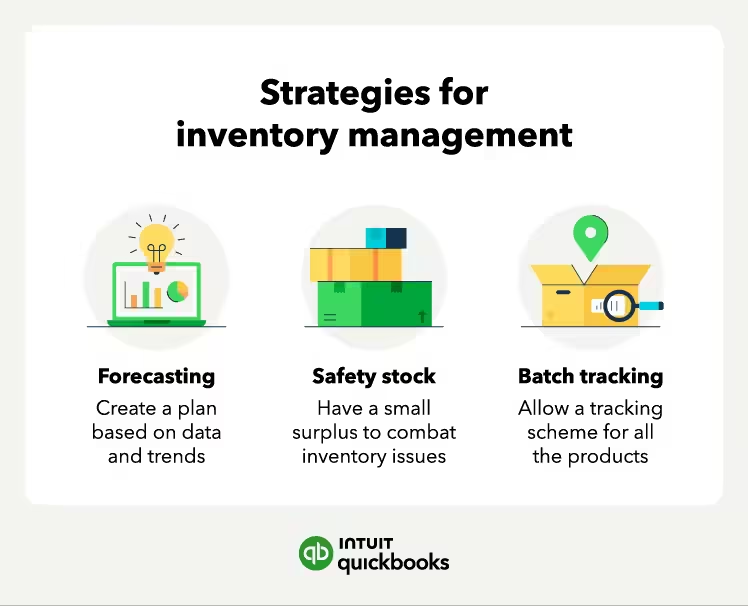
Image Source: Quick Books
Stock availability can have a significant impact on how a company implements its price parity strategy, particularly when stock levels differ between online and physical stores or between different regions.
When There’s Lots of Stock:
When a company has ample stock, it may lower prices to move inventory more quickly.
This is especially true when the company needs to clear space for new products or when it’s dealing with perishable goods that have a limited shelf life.
For example, during clearance sales or end-of-season sales, businesses often reduce prices significantly to sell off excess inventory.
In such cases, price parity might be temporarily adjusted to reflect the lower prices, but businesses must be careful to ensure that the discounts are applied consistently across all sales channels.
When There’s Not Much Stock:
On the other hand, when stock levels are low, prices may increase as a result of higher demand and limited availability.
This was evident during the COVID-19 pandemic when certain products, such as face masks, hand sanitizers, and cleaning supplies, became scarce due to increased demand.
As a result, prices for these items surged, especially in markets where stock was extremely limited.
In these cases, maintaining price parity can be challenging, as online and physical stores may have different stock levels, leading to price discrepancies.
What About Sales Online and In Stores?
One of the most significant challenges for businesses in maintaining price and availability is managing price differences between online and physical stores.
Stock levels can vary significantly between these two sales channels, often leading to price differences. For example, if an online retailer has a large amount of stock, it may offer lower prices to encourage customers to buy.
In contrast, a physical store with limited stock may need to charge higher prices due to higher operational costs, such as rent and utilities.
The difference in warehousing costs versus the cost of maintaining a physical storefront is another factor that can influence pricing.
Renting a space in a high-traffic mall or shopping district can be expensive, and businesses operating in these areas may need to charge higher prices to cover their overheads.
In contrast, an online retailer with lower warehousing costs may have more flexibility to lower prices without sacrificing profit margins.
Laws and Rules:
In some cases, businesses are restricted by laws and regulations that prevent them from changing prices too drastically, especially during times of crisis or when certain products are in short supply.
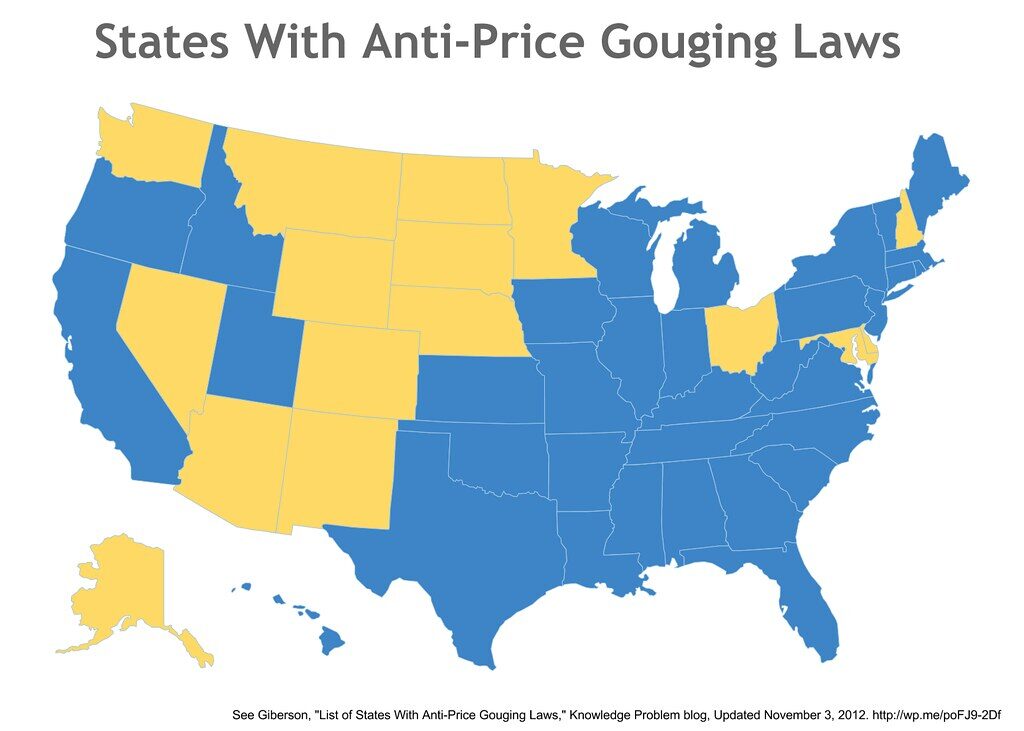
Image Source: Knowledge Problem
For example, many countries have laws that prohibit price gouging during emergencies, which can limit how much businesses can raise prices when stock is low. These rules are designed to protect consumers from unfair pricing practices and ensure that essential goods remain affordable.
MAP violations are one such rule where distributors cannot lower prices below the agreed-upon amount with the manufacturer. It destroys brand trust and if continued can also lead to bad relations with the brand.
To know more about stock availability and why it matters, read our guide – Stock Availability: The What, The Why and The How for Ecommerce Success
Conclusion on Price and Availability
The interplay between price and availability strategies is intricate and vital for business success.
With the above examples, it’s easy to understand how understocking and overstocking can impact the brand as well as the customer experience.
42Signals has the answer to this problem by providing timely information about product availability to help brands sustain a seamless shopping experience for their customers.


